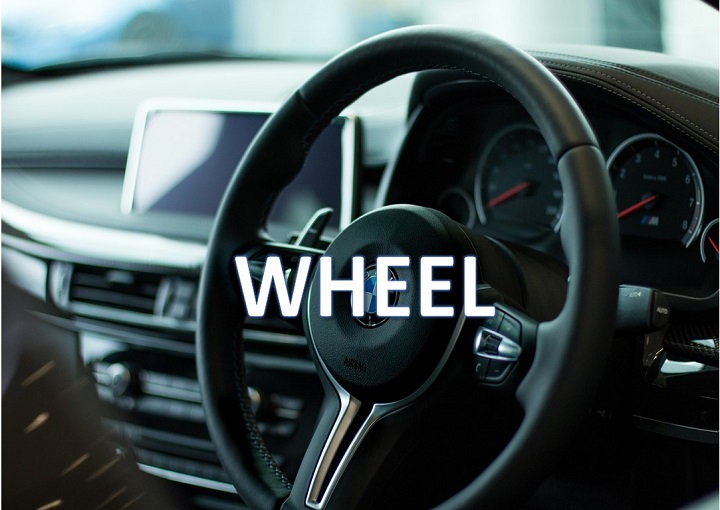Wheels are one of the most fundamental and essential components of modern transportation. They are an integral part of every vehicle, whether it be a car, truck, bicycle, or motorcycle. Wheels make it possible for vehicles to move from one place to another efficiently, making transportation a lot more comfortable and convenient. In this article, we will discuss everything you need to know about wheels, including the basics, the different types of wheels, and their uses.
The Basics of Wheels
A. Definition and Function
Wheels are circular objects that rotate around an axle to facilitate movement. They serve several functions, including supporting the weight of a vehicle, reducing friction, and providing a smooth ride.
B. Parts of a Wheel
A wheel has several parts, including the rim, spokes, hub, and tire. The rim is the outermost part of the wheel that holds the tire in place. Spokes connect the rim to the hub, which is the center of the wheel that rotates around the axle. The tire is the rubber covering that provides traction and support.
C. Importance of Wheels in Vehicles
Wheels play a critical role in the performance and safety of vehicles. They allow vehicles to move smoothly and safely, even on rough and uneven surfaces. Good quality wheels can also enhance the handling, stability, and fuel efficiency of a vehicle.
Types of Wheels
A. Steel Wheels
Steel wheels are the most common type of wheels found on vehicles. They are strong, durable, and inexpensive. Steel wheels are typically made of an alloy of steel and iron and can withstand a lot of wear and tear. They are often used on commercial vehicles, such as trucks and buses.
B. Alloy Wheels
Alloy wheels are made of a mixture of aluminum and other metals, such as nickel or magnesium. They are lighter than steel wheels and offer better performance and fuel efficiency. Alloy wheels also have a more stylish and modern look than steel wheels, making them a popular choice for high-end sports cars.
C. Wire Wheels
Wire wheels are made up of wire spokes that radiate from the hub and connect to the rim. They are commonly used on vintage and classic cars and add a unique and classic look to the vehicle. Wire wheels require regular maintenance and are not as durable as steel or alloy wheels.
D. Chrome Wheels
Chrome wheels are steel or alloy wheels that have been plated with a layer of chromium. They offer a high level of shine and a mirror-like finish that looks great on luxury and performance vehicles. However, they require regular cleaning and maintenance to maintain their shine.
E. Forged Wheels
Forged wheels are made by heating a metal billet and then pressing it into shape using a hydraulic press. They are stronger and more durable than cast wheels and offer better performance and handling. Forged wheels are often used on high-performance vehicles, such as sports cars and racing cars.
Conclusion
Wheels are an essential component of modern transportation, making it possible for vehicles to move efficiently and comfortably. There are different types of wheels available, each with its own advantages and disadvantages. Choosing the right type of wheel for your vehicle depends on several factors, including performance, style, and budget.
FAQs
1. What are the different parts of wheel?
Ans. A wheel has several parts, including the rim, spokes, hub, and tire.
2. What is the function of wheel?
Ans. Wheels facilitate movement by rotating around an axle, supporting the weight of the vehicle, reducing friction, and providing a smooth ride.
3.What are the advantages of alloy wheels over steel wheels?
Ans. Alloy wheels are lighter, offer better performance and fuel efficiency, and have a more stylish look than steel wheels.
4.What are forged wheels, and where are they used?
Ans. Forged wheels are made by pressing heated metal billets into shape using a hydraulic press. They are used on high-performance vehicles, such as sports cars and racing cars, for their superior strength and durability.

